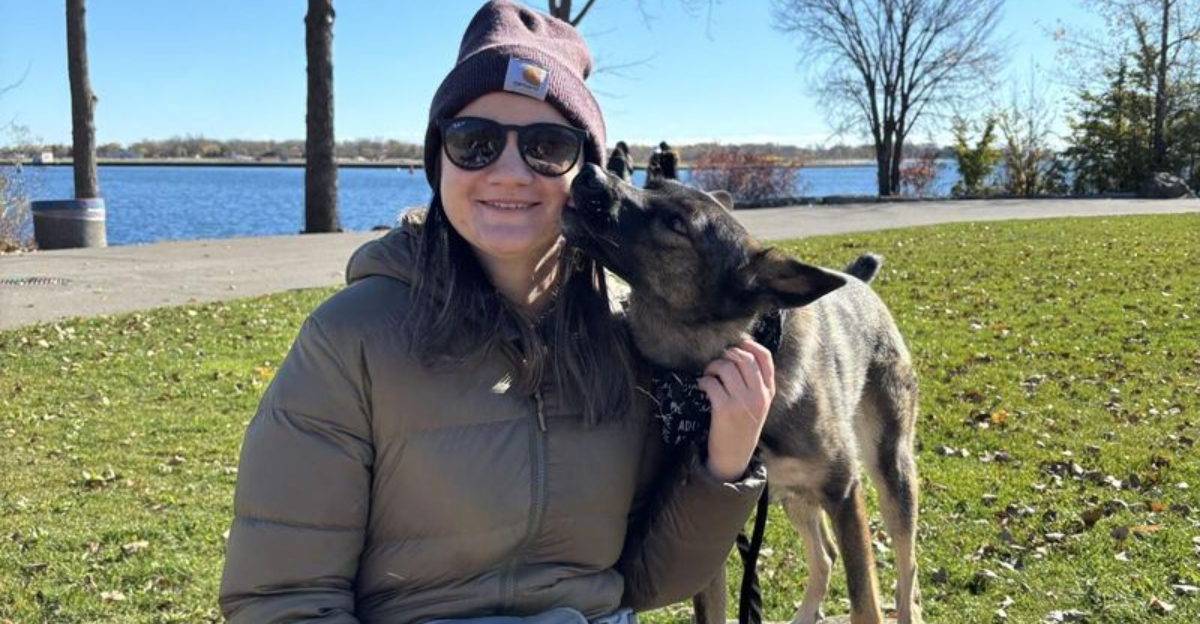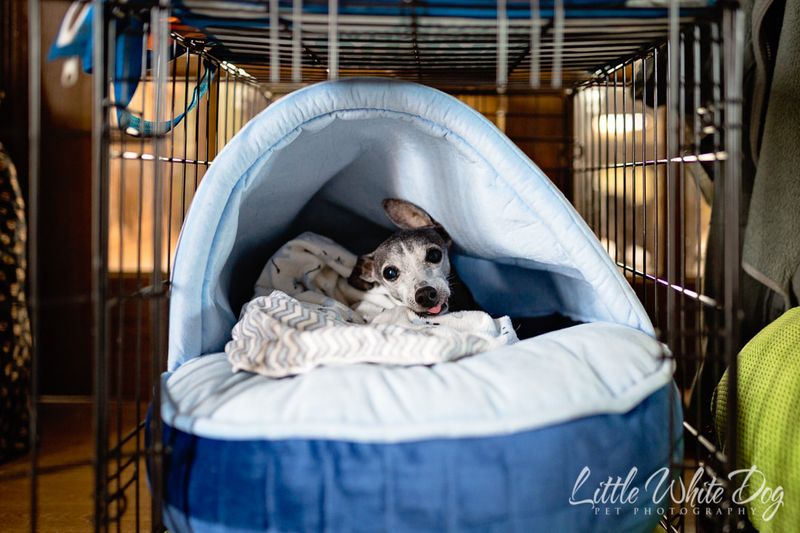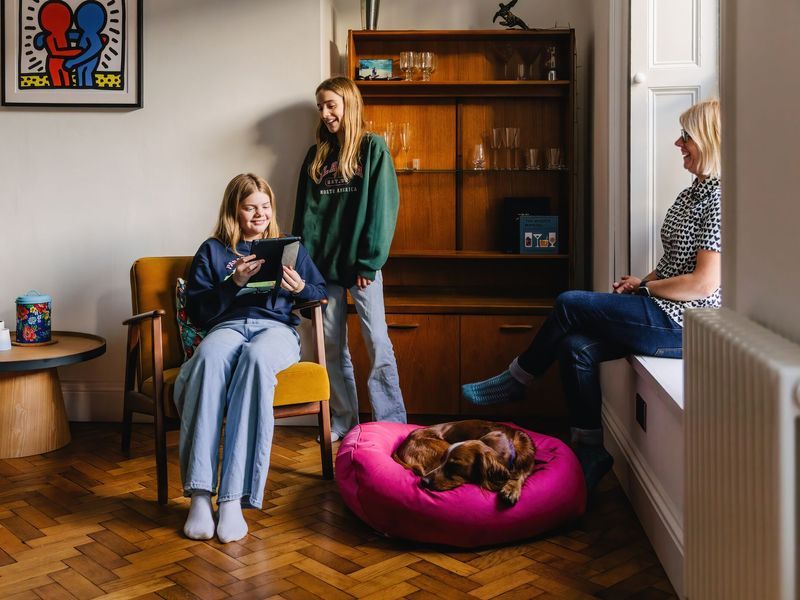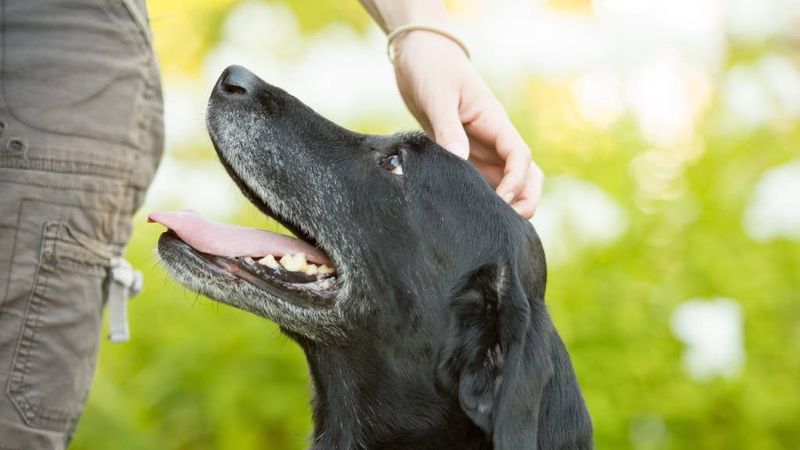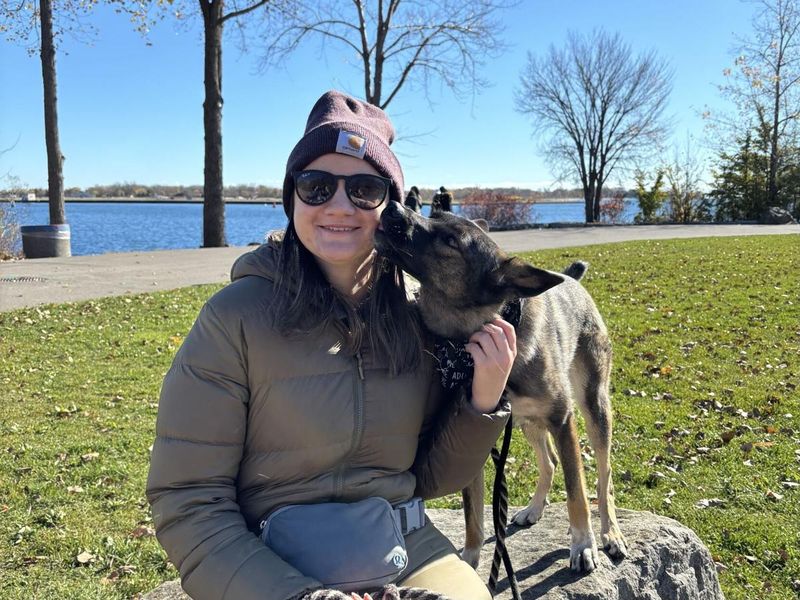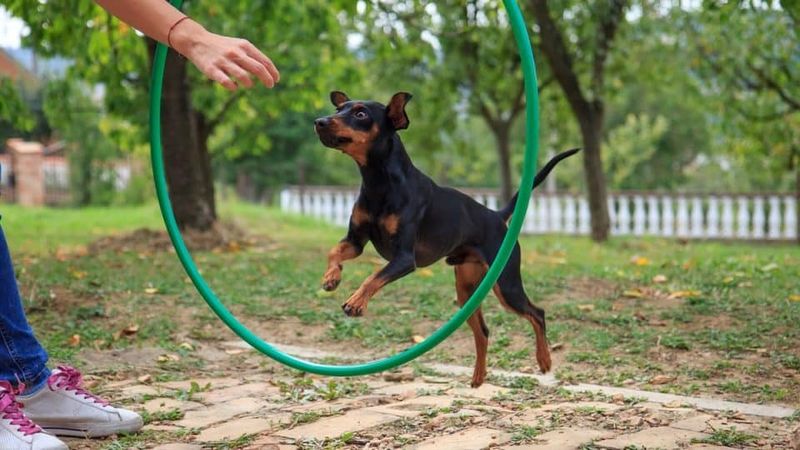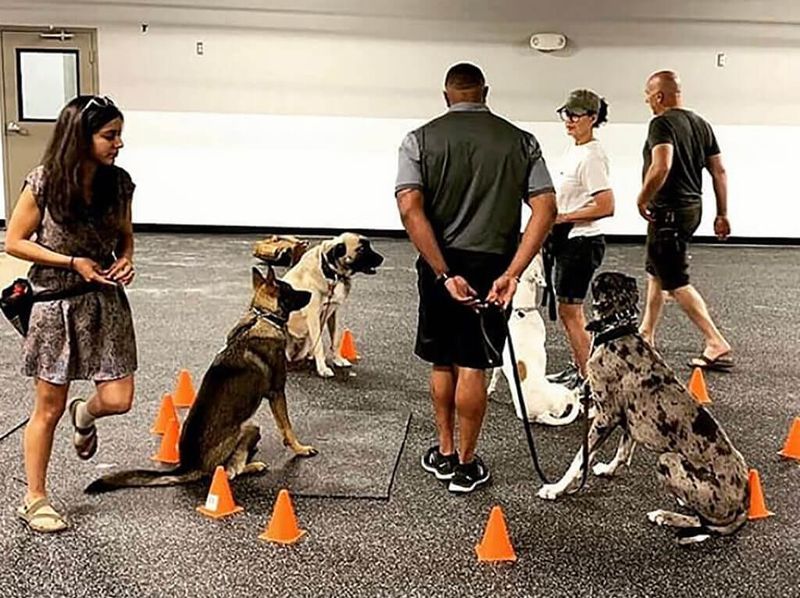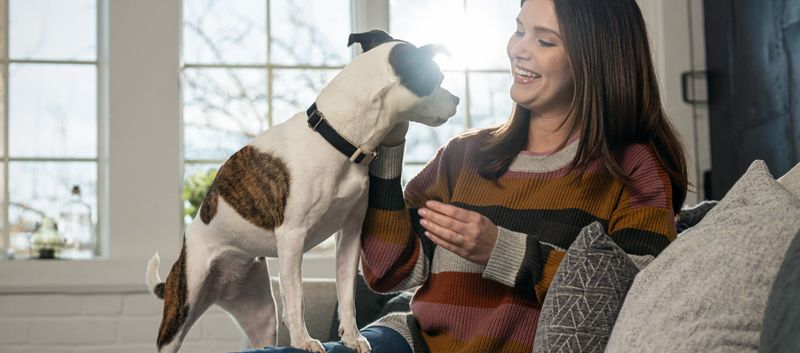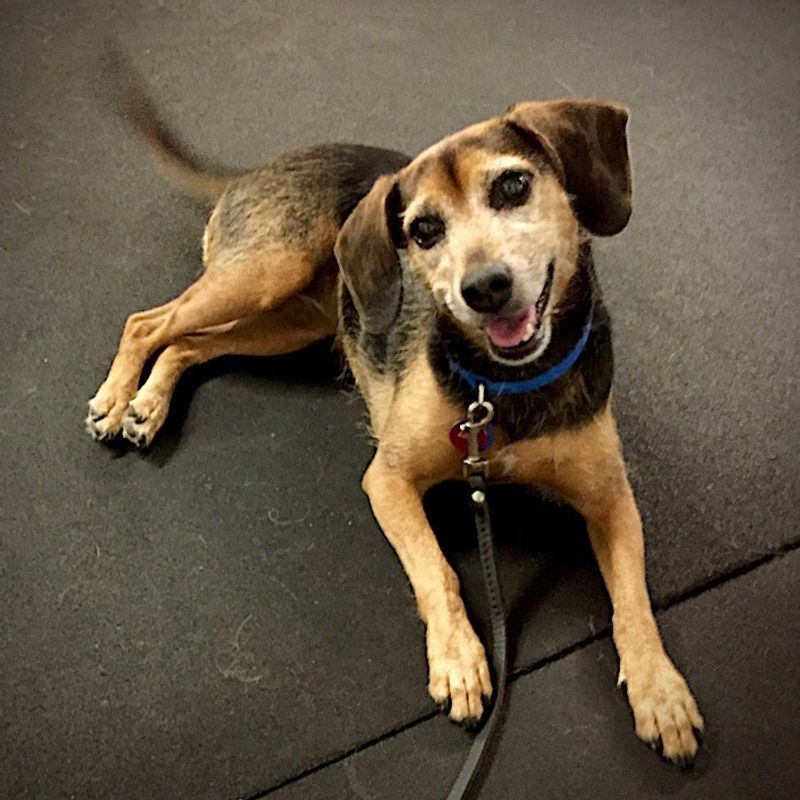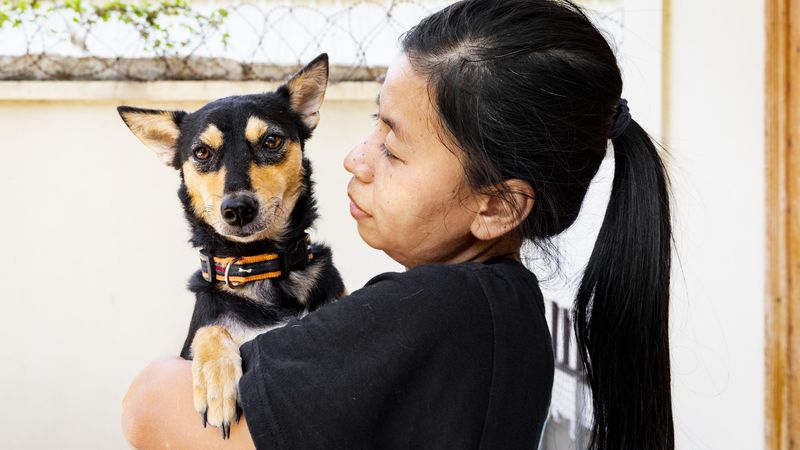Welcoming a rescue dog into your home is a rewarding journey filled with soulful eyes and wagging tails. Each dog carries its unique story, and building a bond requires patience, understanding, and love. By focusing on trust, you’ll provide a nurturing environment where your furry friend can flourish. This guide outlines nine essential steps to help establish trust and create a comforting haven for your rescue pup.
Create a Safe Space
Imagine coming home to a space that feels safe and welcoming. For a rescue dog, establishing a cozy corner with soft blankets, favorite toys, and fresh water can be their sanctuary. This space should be quiet and free from loud noises, allowing your dog to retreat when they feel overwhelmed.
In time, this area becomes their haven, a place they associate with warmth and security. When your dog feels safe, they’re more likely to open up and start bonding with you. Ensuring they have a space to call their own is crucial in building trust.
Try to observe which areas your dog naturally gravitates to, and enhance those spots with comfort items.
Establish a Routine
Routine brings predictability, which can be calming for rescue dogs. Feeding them at the same times daily, scheduling regular walks, and setting a bedtime routine help your furry friend understand what’s coming next. Dogs thrive on consistency, as it reduces anxiety and builds confidence.
A well-structured routine signals to your dog that they are in a stable and loving environment. Although some flexibility is essential, maintaining a general schedule is key.
Over time, your dog will look forward to these daily activities, creating positive associations with their new home.
Use Positive Reinforcement
Positive reinforcement is a powerful tool in building trust with a rescue dog. By rewarding good behavior with treats, praise, or affection, you encourage them to repeat those actions. This approach not only teaches new behaviors but also strengthens your bond.
For instance, when they sit on command or approach you willingly, a gentle pat or a tasty treat can make a significant difference.
Always use a cheerful tone to convey approval, reinforcing that they are safe and loved. Over time, this builds a connection based on trust and mutual respect.
Be Patient and Understanding
Patience is a virtue, especially when welcoming a rescue dog. Each dog has its own pace in adapting to a new environment. Some may be apprehensive due to past experiences. Offering understanding and gentle reassurances can help them feel accepted.
If they shy away or show reluctance, give them space and time. Let them approach you when they feel ready.
Your calm demeanor and patient behavior will eventually dissolve their fears, making room for trust and companionship. Celebrate small victories, as these are stepping stones to a stronger bond.
Engage in Playtime
Playtime is more than just fun; it’s a way to connect with your rescue dog. Engaging in games like fetch or tug-of-war not only stimulates their mind but also strengthens the bond you share.
These playful interactions are opportunities for laughter and joy, allowing your dog to express their personality. Make sure to use toys that are safe and suitable for their size and age.
Regular playtime helps them release energy and builds a positive association with you as their playmate, fostering trust and affection.
Attend Training Classes
Training classes provide a structured environment where your rescue dog can learn essential commands and social skills. These classes are beneficial for both the dog and the owner, guiding you on effective communication techniques.
Under the guidance of a professional, your dog learns to interact with others, boosting their confidence and security. It’s also a fantastic way to meet other pet owners who share your journey.
The experience strengthens the bond, as you and your dog overcome challenges together, building trust through teamwork and communication.
Provide Consistent Affection
Affection is the universal language of love. Regularly offering pets, cuddles, and kind words makes your rescue dog feel cherished. Consistent affection reassures them that they are a valued member of your family.
Observe their preferences; some dogs may prefer gentle petting, while others might enjoy a good scratch behind the ears. These moments of closeness enhance your relationship, reinforcing feelings of safety and belonging.
The key is to be consistent, ensuring your dog feels loved every day. This ongoing affection fosters trust and strengthens your bond.
Monitor Body Language
Understanding your rescue dog’s body language is vital in building trust. Dogs communicate through subtle cues like tail wagging, ear positioning, and eye contact. By learning to read these signals, you can better respond to their needs and emotions.
For instance, a wagging tail might indicate happiness, while a tucked tail could signify fear. Respecting these signals helps you create a supportive environment.
Responding appropriately to their emotions reinforces that you are attentive and caring, which is the foundation for a trusting relationship.
Explore New Environments Together
Exploring new environments introduces your rescue dog to the world beyond their past experiences. Taking leisurely walks in varied settings, like parks or beaches, stimulates their senses and builds confidence.
Each outing is a chance to experience new sights and smells, creating shared memories that strengthen your bond. Ensure these adventures are positive by staying attuned to their comfort level.
These explorations not only build trust but also enrich your dog’s life, turning simple walks into cherished adventures.
